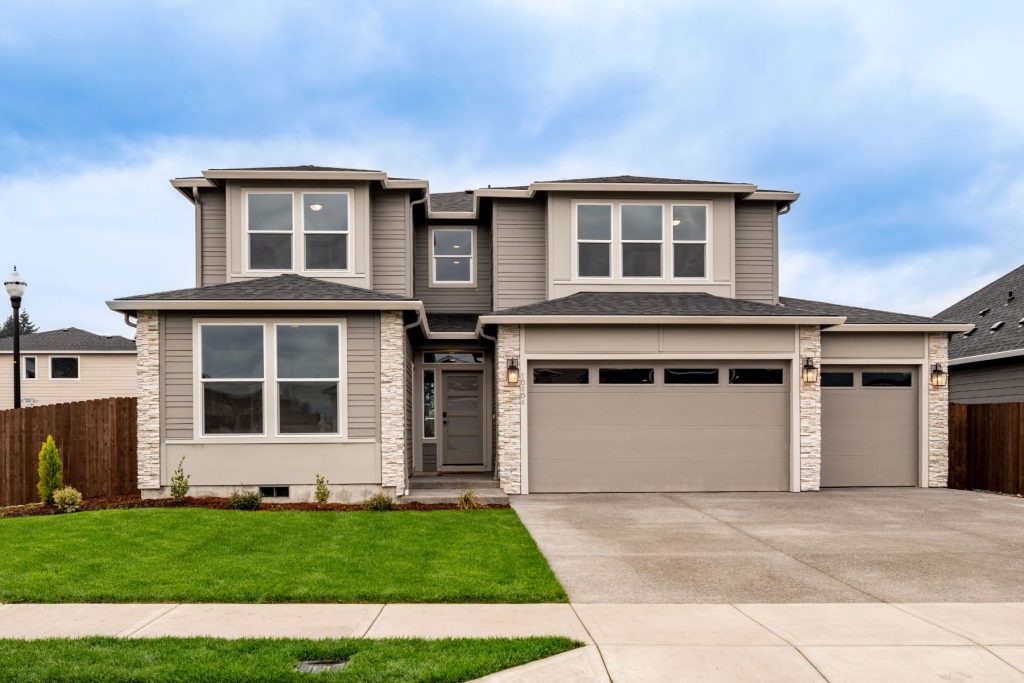Introduction
In today’s ever-evolving real estate landscape, a heartening trend is gaining momentum—the embrace of multigenerational homes. This article explores the rising popularity of multigenerational living and its profound impact on homebuyer preferences. It sheds light on how this trend is fostering stronger family bonds and reshaping the way generations coexist under one roof.
Multigenerational Living: A Rising Trend in Homebuying
Multigenerational living, where multiple generations of a family live together under one roof, is gaining prominence. This trend is driven by a combination of factors, including economic considerations, changing family dynamics, and a desire to create harmonious and supportive living arrangements.
Table: Key Aspects of the Rise of Multigenerational Living
| Key Aspects | How Multigenerational Living is Reshaping Homebuyer Preferences |
|---|---|
| Economic Efficiency | Sharing expenses, pooling resources, and reducing the financial burden |
| Strong Family Bonds | Fostering close-knit family relationships and support networks |
| Versatile Living Spaces | Adapting homes to accommodate multiple generations and their needs |
| Diverse Cultural Values | Embracing cultural traditions that prioritize extended family living |
Let’s delve into the key aspects that are driving the rise of multigenerational living:
1. Economic Efficiency: Multigenerational living offers economic advantages by allowing families to share expenses, pool resources, and reduce the financial burden of maintaining multiple households.
2. Strong Family Bonds: It fosters close-knit family relationships and support networks, providing a sense of security and emotional well-being for all generations.
3. Versatile Living Spaces: Homes are being adapted to accommodate multiple generations, with flexible living arrangements and spaces that cater to various family members’ needs.
4. Diverse Cultural Values: Many cultures prioritize extended family living arrangements, leading to the rise of multigenerational households that embrace these traditions.
The Multigenerational Living Experience
Living in a multigenerational household offers a distinctive family experience—one that celebrates the richness of shared spaces, resources, and emotional bonds. It provides a supportive environment where different generations learn from one another and grow together.
Table: The Multigenerational Living Experience
| Family Benefits | How Multigenerational Living Enriches Family Life |
|---|---|
| Financial Support | Shared expenses, cost savings, and financial stability |
| Shared Responsibilities | Distributing household tasks and caregiving duties |
| Stronger Family Ties | Building strong bonds, preserving family traditions, and fostering mutual support |
| Learning Opportunities | Cross-generational learning, life experiences, and perspectives |

Here’s a glimpse of the benefits of multigenerational living:
1. Financial Support: Multigenerational living promotes shared expenses, cost savings, and financial stability for all family members.
2. Shared Responsibilities: Household tasks and caregiving duties are distributed among family members, lightening the load for everyone.
3. Stronger Family Ties: It builds strong bonds, preserves family traditions, and fosters mutual support among generations.
4. Learning Opportunities: Multigenerational living provides cross-generational learning opportunities, allowing family members to benefit from each other’s life experiences and perspectives.
Impact on Homebuyer Preferences
The rise of multigenerational living is significantly influencing homebuyer preferences. Homebuyers are seeking properties that can accommodate extended families, with features that promote privacy, functionality, and versatility.
Table: Impact on Homebuyer Preferences
| Homebuyer Preferences | How Multigenerational Living is Shaping Home Purchases |
|---|---|
| Larger Homes | Demand for larger homes with additional bedrooms and living spaces |
| In-Law Suites & Casitas | Interest in properties with in-law suites or separate living quarters |
| Versatile Floor Plans | Preference for homes with flexible layouts and adaptable spaces |
| Generational Proximity | Desire for neighborhoods that accommodate multigenerational living |
Here’s how multigenerational living is shaping homebuyer preferences:
1. Larger Homes: Homebuyers are seeking larger homes with additional bedrooms and living spaces to comfortably accommodate multiple generations.
2. In-Law Suites & Casitas: Properties featuring in-law suites or separate living quarters are in high demand, allowing for both privacy and togetherness.
3. Versatile Floor Plans: Homes with flexible layouts and adaptable spaces are favored, catering to the diverse needs of multigenerational households.
4. Generational Proximity: Homebuyers are drawn to neighborhoods and communities that embrace multigenerational living, providing a supportive environment for extended families.
Conclusion
Multigenerational living is not just a housing trend; it’s a celebration of family unity and an acknowledgment of the value each generation brings to the household. As this trend continues to gain momentum, families are rediscovering the benefits of living together, from financial stability to stronger bonds and a deeper sense of interconnectedness. It’s a revival that speaks to the heart of what it means to truly come together as a family, creating a nurturing environment where generations can learn from one another, grow together, and celebrate the enduring strength of family ties. In homes designed for multiple generations, families are not just living together; they are thriving together.



